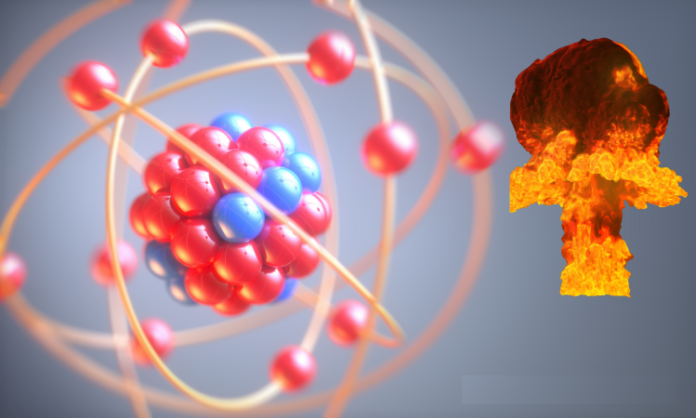
A nuclear power plant produces electricity by using the heat from a controlled chain reaction of uranium atoms in a reactor. This process is similar to the way an atomic bomb creates energy, but there are important differences.
For one thing, a nuclear power plant uses much less radiation than an atomic bomb does. A single Chernobyl reactor explosion released as much radiation as thousands of Hiroshima bombs. In contrast, even the most dangerous reactors in use today release only 1% of the total energy released by all U.S.-based commercial nuclear plants over their lifetime, and this amount decreases over time due to improved safety measures.
Furthermore, a nuclear power plant can be designed to withstand accidents that could cause the reactor to explode. This is not the case with an atomic bomb, which would instantaneously release enormous amounts of radiation and fall apart due to the explosive force of its own blast.
Nuclear power plants produce radioactive waste which must be stored for many decades, if not centuries. The byproduct of an atomic bomb, on the other hand, is pure energy in the form of radiation. There are many different types of nuclear reactors in use around the world, but all share some common features.
The reactor contains a number of uranium-fueled plates that heat up and start to spin as they absorb radiation from the core. This reaction creates electrical energy which is then turned into useful light or heat by turbines.
Nuclear power plants have been used since the 1950s, but it wasn’t until 1973 that commercial reactors began operating in the United States. Since then, they’ve played an important role in helping to meet global energy needs while generating little environmental impact.
























